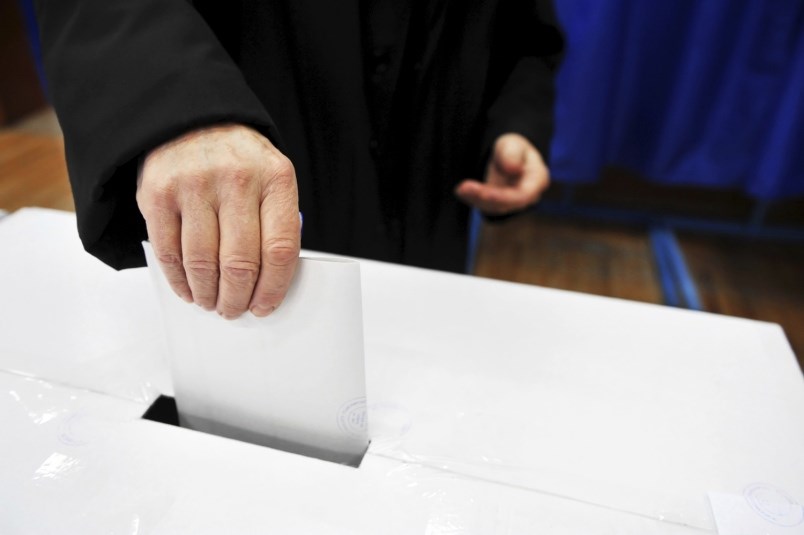The campaign on whether or not to change B.C.’s voting system is officially underway, but it looks like a tricky race to handicap.
The vast majority of the public simply does not spend a lot of time thinking about voting systems. It is a safe bet that not many backyard barbecues will feature spirited debates over the merits of “rural urban PR” versus “dual member proportional.”
Perhaps by the time the referendum mail-in period rolls around (Oct. 22 to Nov. 1) people will become more engaged in the subject.
This lack of interest may provide the side that opposes switching to proportional representation a bit of an edge over PR proponents. That is because everyone is familiar with the current first-past-the-post system, and knows its strengths and its shortcomings.
The challenge for the pro-PR side is to present evidence that another system (the three options on the ballot are quite different from the status quo) is better.
This is where things can get tricky for the pro-PR side. The proposed models are not easily explained or grasped (two of them have never actually been used) and it will be an uphill task getting people interested in the topic and then diving in to actually study the options.
Still, the “yes” side will have $500,000 of your tax money to spend on wooing and educating the public and that will definitely have some impact.
Of course, the “no” side will have the same budget provided for them, so get ready for some spirited ad wars.
The victor in this campaign will be the side that offers the most direct and effective message, and that actually convinces enough people to actually take the time and mail in a ballot.
Look for the pro-PR side to argue their systems are “fairer” because any seat count will more accurately reflect the outcome of the actual popular vote. That is a simple concept.
However, if this side clutters things up with a detailed breakdown of how each system will operate, I think its messaging will be in trouble.
Any political party will tell you that the simpler the message, the simpler it is to sell it. The need for this simplicity will likely favour the anti-PR side.
The “no” side will brand PR as confusing and even dangerous, arguing it could allow fringe parties to hold the keys to power.
That is a straightforward message. The anti-PR side has to be careful not to overdo it when it comes to castigating PR systems, or going too far in insisting the status quo FPTP system is so much better than any alternative.
In any event, $1 million of your tax dollars are about to spent on this campaign. You might as well read up on it.
Keith Baldrey is chief political correspondent for Global BC.



